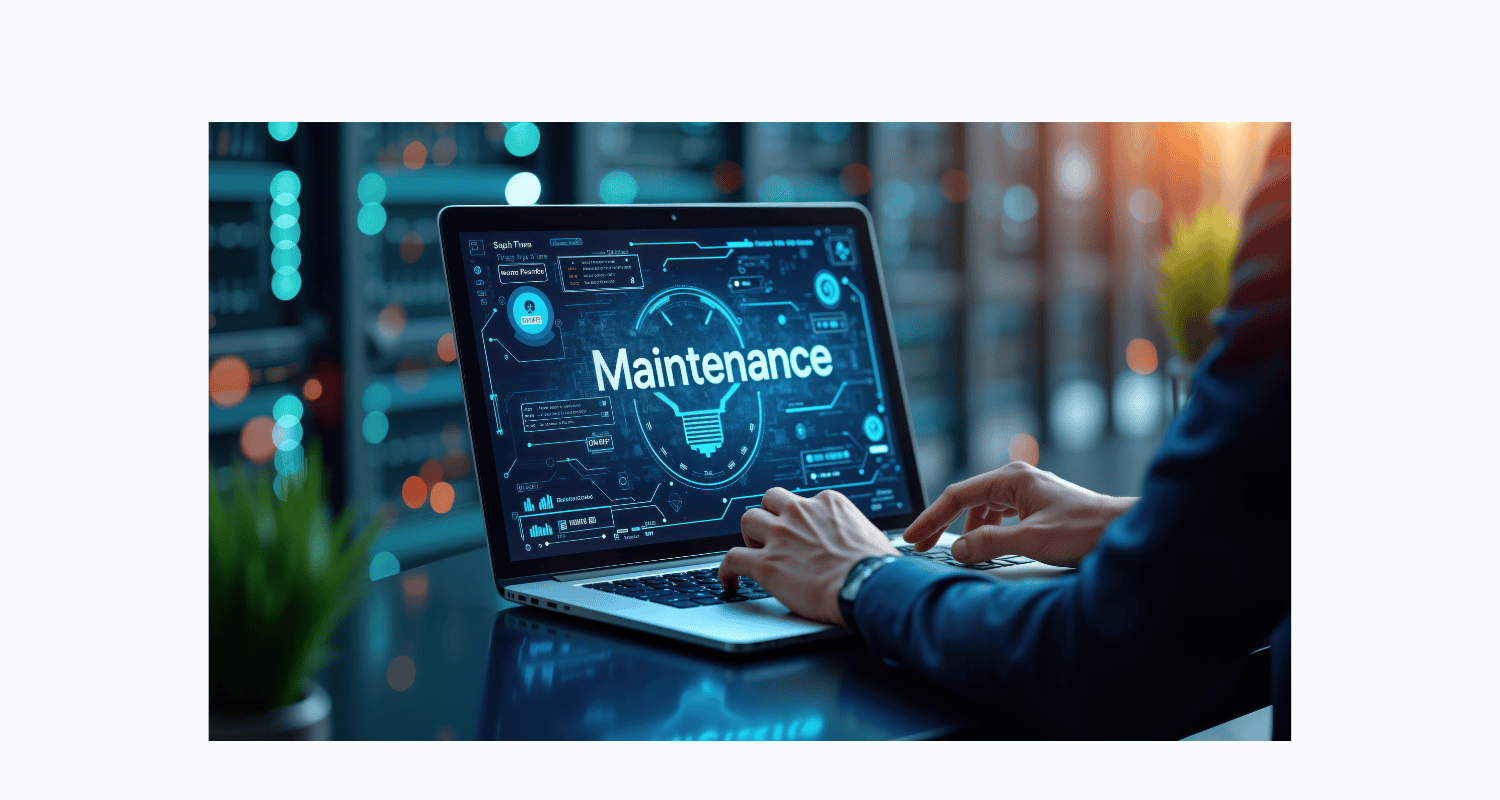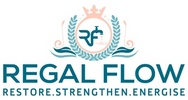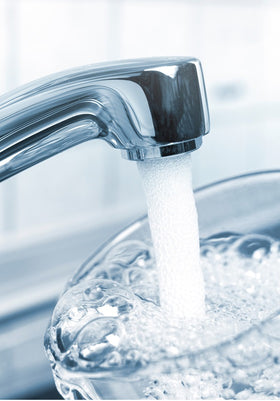
How to Maintain Your Reverse Osmosis System for Longevity and Performance
Want your reverse osmosis system to last longer and perform better? It’s simple—regular maintenance is the key! Whether you’re dealing with a countertop dispenser or a whole-house system, keeping filters clean and checking water pressure ensures your system stays efficient. Keep reading for easy tips to keep things flowing smoothly!
Understanding the Components of Your RO System
Reverse osmosis (RO) systems work their magic by filtering water through multiple stages, ensuring it’s as pure as possible. But what are the key components that make it all happen? Knowing how each part works—and how to care for it—can significantly prolong your system’s life and boost its performance.
Pre-Filters (Sediment, Carbon): Their Role and Maintenance
The pre-filters are the unsung heroes of your RO system. These include sediment filters that catch dirt and rust, and carbon filters that remove chlorine and other chemicals. Over time, these filters get clogged, slowing down the whole system. Think of them as the first line of defence. You’ll need to replace sediment and carbon filters every 6-12 months, depending on your water quality. Make sure to follow the manufacturer’s guidance for replacement intervals to keep everything running smoothly.
The RO Membrane: Key to Filtration and How to Care for It
The RO membrane is where the magic happens—it's responsible for removing most of the contaminants from your water. Without it, your RO system wouldn’t be nearly as effective. To ensure it lasts, avoid exposing it to chlorine (it’ll break it down faster). Typically, you’ll need to replace the membrane every 2-3 years. If your water flow slows or your water quality drops, it’s time to check the membrane.
The Post-Filter: Ensuring Water Quality and Taste
Once the water’s been through the RO membrane, it passes through the post-filter—a final carbon filter that helps get rid of any lingering taste or odour. This final step ensures your water is crisp and clean. Over time, the post-filter will lose its ability to purify, so replace it every 1-2 years for the best tasting water.
The Storage Tank: Maintaining Hygiene
The storage tank holds your purified water until you need it. But just like any storage, it needs to be kept clean. If you neglect the tank, sediment and bacteria can build up, affecting the taste and quality of your water. To keep things fresh, clean the tank once a year. And don’t forget to check for any leaks or cracks that might lead to contamination.
The Faucet and Tubing: Checking for Leaks and Blockages
Your faucet and tubing are the final step in your RO system, delivering that purified water right into your glass. But, over time, they can develop leaks or blockages. Regularly inspect the tubing for signs of wear and tear, and check that the faucet is clean and functional. A little maintenance here can go a long way in avoiding issues down the line.
Regular Maintenance Tasks for Your RO System
Maintaining your RO system isn’t just about replacing filters—it’s about keeping everything in check. Here’s a rundown of the key tasks you should perform to ensure your system stays in top shape.
When and How to Change Your Pre-Filters
Pre-filters are often the first to show signs of wear. These filters usually need to be replaced every 6-12 months. It’s a simple job: turn off the water supply, remove the filter housing, and swap out the old filters. It’s a small job that makes a big difference—dirty pre-filters mean a less efficient system.
Recommended RO Membrane Replacement Schedule
Your RO membrane is the heart of the system, so you want to look after it. Typically, it needs to be replaced every 2-3 years, though this can vary depending on usage and water quality. If your water quality starts dropping, or your system is producing slower than usual, the membrane might be the culprit. When replacing, make sure to follow the manufacturer's instructions to avoid damaging the new membrane.
Replacing the Post-Filter for Optimal Taste
The post-filter should be replaced every 1-2 years, depending on usage. If your water starts tasting a bit off, or you notice a weird smell, it could be time for a change. A fresh post-filter keeps the water tasting clean and fresh, which is what you want every time you fill your glass.
Sanitizing Your RO System and Storage Tank
Sanitising your system regularly prevents bacteria and mould from building up, ensuring the cleanest possible water. You should disinfect your system—including the storage tank—once a year, or more often if you notice any changes in taste or smell.
Step-by-Step Guide to System Sanitization
-
Turn off the water supply and drain the storage tank completely.
-
Disconnect the system from the water source.
-
Sanitise the components using a non-toxic, RO-safe cleaning solution.
-
Follow the manufacturer’s instructions for disinfecting all the parts, including filter housings and lines.
-
Reconnect the system, flush with water, and test the water quality before use.
Checking and Replacing Fittings and Tubing
The last thing you want is a leak or blockage ruining your system’s performance. Check the fittings and tubing every 6 months to make sure there are no leaks or cracks. Tighten any loose connections and replace damaged tubing to prevent any water loss or pressure problems.
Troubleshooting Common RO System Issues
Even with regular maintenance, things can go wrong. Here’s how to troubleshoot some of the most common RO system problems.
Slow Water Flow: Causes and Solutions
A slow flow rate can be frustrating. It’s often caused by clogged filters or low water pressure. First, check the filters and replace them if necessary. Also, make sure your water pressure is between 40-60 psi—too high or too low can affect performance.
Unusual Taste or Odour in Filtered Water
If your water suddenly tastes or smells off, it’s time to check your filters. Old, clogged filters can affect water quality, so replace them as needed. If the problem persists, disinfect the system to get rid of any bacteria or mould.
Leaks in the System: How to Identify and Fix Them
Leaks can pop up for various reasons, from worn-out O-rings to cracked filter housings. Inspect your system regularly, and if you spot a leak, fix it immediately. Tighten connections, replace damaged parts, and check for any cracks that could let water escape.
Air Gap Faucet Noise: Understanding and Resolving It
An air gap faucet can sometimes make a noise, often caused by a clog in the drain line. If you hear unusual noises, check for blockages and clear them to get your system back to normal. It’s a common issue, but easily fixed with a little attention.
Frequent System Cycling
If your RO system is cycling on and off more often than usual, it could mean an issue with water pressure, the flow restrictor, or the tank. Inspect for blockages or leaks, and make sure the pressure is within the recommended range. If you’re still having trouble, consider calling a professional to help resolve the issue.
Tips for Extending the Life of Your RO System
Taking a few simple steps to protect your RO system can keep it running smoothly for years. Here’s how to make the most of your system.
Using Genuine Replacement Filters
Always use filters that are specifically designed for your system. While generic filters might be cheaper, they often don't perform as well and could even damage your system in the long run.
Monitoring Water Quality Regularly
Test your water quality every few months to ensure your RO system is still doing its job. If you notice a change in taste or flow rate, it’s time to investigate and replace any worn-out parts.
Protecting Your System from Extreme Temperatures
RO systems don’t like extreme temperatures. Avoid placing your system in areas that are too hot or cold, as freezing temperatures can damage components, and high heat can reduce efficiency.
Following Manufacturer Recommendations
Every RO system is different, so always stick to the maintenance schedule recommended by the manufacturer. Following these guidelines ensures you’re taking care of your system in the best possible way.
Conclusion: Keeping Your RO System Running Smoothly
Regular maintenance is key to keeping your reverse osmosis system running at peak performance. From changing filters to checking for leaks, a little TLC goes a long way in ensuring your system lasts for years. Keep up with the tasks, and you’ll have fresh, clean water on tap whenever you need it!
More Reverse Osmosis info we think you'll love
Is Reverse Osmosis Water Chlorine Free?
Is Reverse Osmosis Water the Best?
Is Reverse Osmosis Good for Well Water?
Can Reverse Osmosis Remove Lead?
Can Reverse Osmosis Remove PFAS?
Can Reverse Osmosis Remove Salt?
Is a Reverse Osmosis System Needed for Window Cleaning?
Does Reverse Osmosis Remove Viruses from Water? Understanding the Filtration Process
Is Reverse Osmosis Water Good for Coffee? Exploring Water Quality for the Perfect Brew
Reverse Osmosis vs. Carbon Filters for Well Water: Which is Best for Your Needs?



Leave a comment